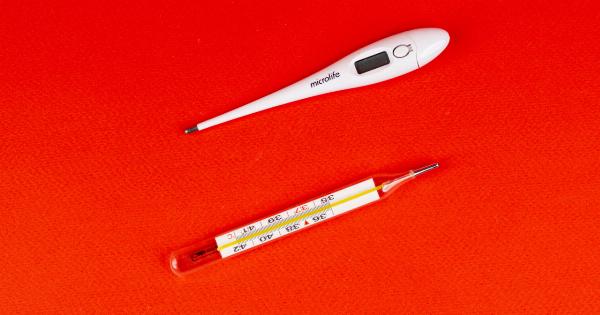Pool bathrooms, also known as pool locker rooms, are often considered a necessary part of any swimming pool facility. They provide a space for swimmers to change into and out of their swimsuits and for storing their belongings.
However, what many people fail to realize is that these spaces can also be a breeding ground for various bacteria and viruses that can cause serious health hazards. In this article, we will explore the different health hazards that may be lurking in pool bathrooms and how to avoid them.
1. Fungal Infections
Fungal infections are a common health hazard in pool bathrooms. The warm and humid environment is a perfect breeding ground for fungi like Athlete’s Foot and Ringworm.
These fungi can thrive on wet surfaces like pool decks, and once they get on the skin, they can cause an itchy, red rash. To avoid these infections, it is essential to keep your feet dry and wear flip-flops or sandals while walking in the bathroom area.
2. Bacterial Infections
Bacterial infections are another common health hazard associated with pool bathrooms. Many bacteria thrive in moist and warm environments, and pool bathrooms provide an ideal breeding ground for them.
Some common bacterial infections that may be found in pool bathrooms include Staphylococcus aureus, Legionella pneumophila, and E. Coli. These bacteria can cause severe illnesses like pneumonia, urinary tract infections, and bladder infections.
To avoid these infections, it is critical to wash your hands thoroughly before and after using the bathroom and to use hand sanitizers when water and soap are unavailable.
3. Virus Infections
Virus infections are a significant health hazard in pool bathrooms. One of the most common viruses found in these bathrooms is the Norovirus. This virus can cause severe gastroenteritis, including vomiting, abdominal pain, and diarrhea.
When a person with Norovirus uses the bathroom and does not wash their hands thoroughly, they can transfer the virus onto surfaces such as doorknobs and toilets. To avoid Norovirus and other viral infections, it is essential to wash your hands thoroughly and avoid touching your face.
4. Chemical Exposure
Chemical exposure is also a significant health hazard in pool bathrooms. Many facilities use chlorine to keep the pool water clean, but prolonged exposure to high levels of chlorine can cause eye irritation, respiratory problems, and skin irritation.
To reduce the risk of chemical exposure, it is important to ensure that the pool area is well-ventilated. Also, avoid inhaling chlorine fumes when cleaning or doing other tasks in the bathroom.
5. Slip and Fall Accidents
Slip and fall accidents are the most common types of accidents in pool bathrooms. Wet floors and slick surfaces can make it very easy to slip and fall, potentially causing serious injuries like broken bones, head injuries, and back injuries.
To avoid slip and fall accidents, it’s essential to wear non-slip footwear and ensure that the floor is dry before walking on it.
6. Poor Hygiene Practices
Finally, poor hygiene practices are a significant health hazard in pool bathrooms. If the bathroom facilities are not properly cleaned and maintained, bacteria and viruses can easily spread.
It’s essential to clean the bathroom facilities regularly and ensure that there is enough soap and paper towels available. Additionally, it’s crucial to ensure that the bathroom is well-ventilated to prevent the buildup of moisture and humidity.
Conclusion
Pool bathrooms can be a haven for various bacteria, viruses, and other health hazards. Therefore, it’s essential to take the necessary measures to avoid these hazards.
By following the tips outlined in this article, you can reduce your risk of contracting infections, and enjoy a safe and healthy swimming experience.






























